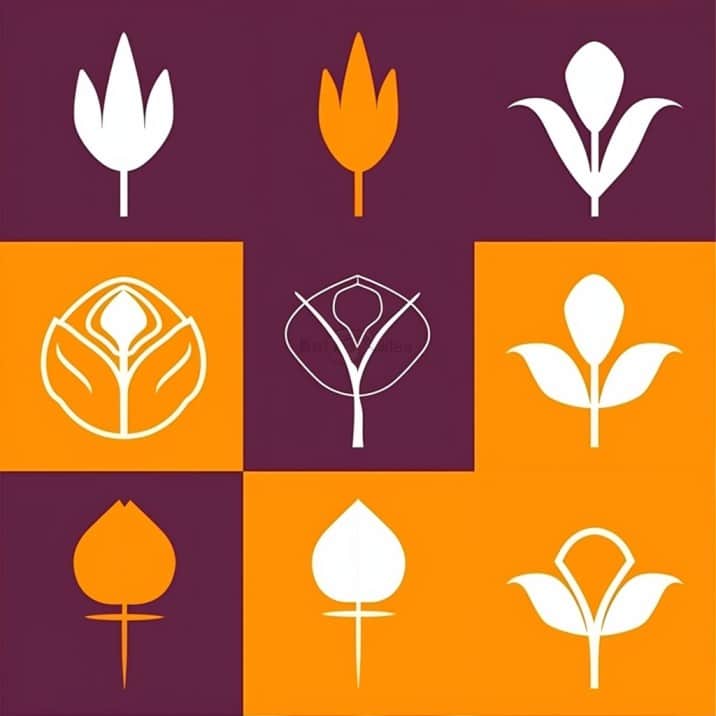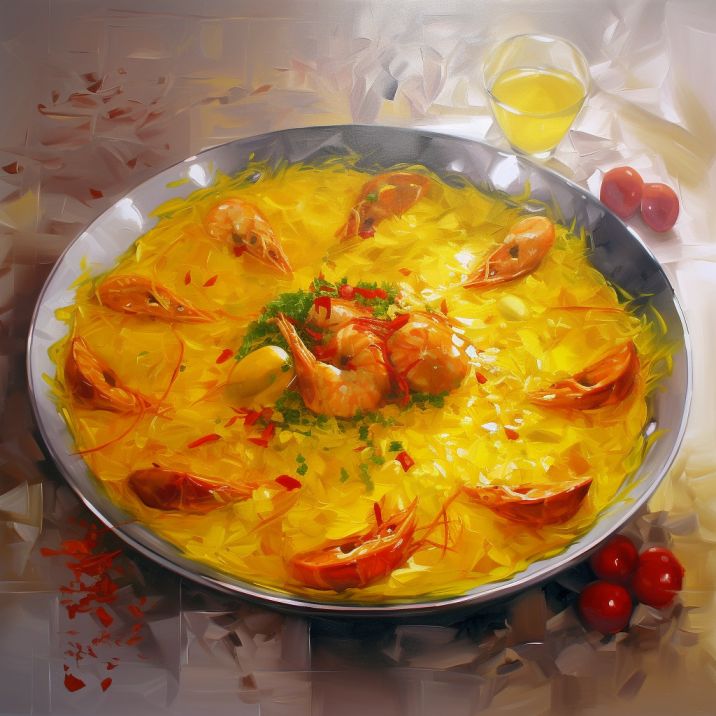![]() FREE EUROPE SHIPPING
FREE EUROPE SHIPPING ![]()

SAFRANEE 1 gr

SAFRANEE 2 gr

SAFRANEE 5 gr
A Beginner’s Guide to Saffron Quality and Types: How to Choose the Best Saffron
- April 16, 2023
- Reading Time 9 minutes
Introduction
Saffron, often referred to as the “red gold,” is a highly valuable spice sought after for its unique flavor, aroma, and color. Due to its high price, it’s essential to understand saffron quality and types before making a purchase. In this beginner-friendly guide, we’ll explore how to choose high-quality saffron, the different types of saffron, grading systems, and tips for spotting fake saffron.
I. How to Choose High-Quality Saffron
When selecting saffron, consider the following factors:
A. Color
High-quality saffron has a deep red color with slight orange tips. The vivid color indicates a higher concentration of crocin, the compound responsible for saffron’s color and one of its key active components.
B. Aroma
Genuine saffron has a unique and strong aroma, often described as a mix of sweet, floral, and earthy scents. Poor-quality or adulterated saffron may have a weaker or different aroma.
C. Taste
Saffron has a slightly sweet and bitter taste profile. Inferior saffron may taste overly bitter or have little to no flavor.
D. Packaging and Storage
Look for saffron packaged in air-tight, dark containers to protect it from light and moisture. Store saffron in a cool, dry place to maintain its quality.
II. Different Types of Saffron
There are several types of saffron, each with varying levels of quality:
A. Sargol
Sargol is the purest and highest quality saffron, consisting of only red stigmas. It’s often called “all-red” saffron and has the highest concentration of active compounds.
B. Negin
Negin is high-quality saffron with longer threads than Sargol. While similar in quality, Negin saffron often has a more visually appealing appearance due to its longer stigmas.
C. Pushal
Pushal saffron contains both red stigmas and some yellow style, which is the part that connects the stigmas. It has a lower quality and potency compared to Sargol and Negin.
D. Bunch (Dasteh)
Bunch saffron consists of whole saffron stigmas with the entire yellow style attached. It’s the lowest quality saffron, offering less flavor and aroma than the other types.

III. Saffron Grading and Quality
The International Organization for Standardization (ISO) has established a grading system for saffron based on criteria such as color, aroma, and flavor strength. The ISO grading system uses a scale that ranges from grades I (highest quality) to IV (lowest quality). When purchasing saffron, look for a high ISO grade to ensure you’re getting a quality product.
IV. Saffron Threads vs. Saffron Powder
Both saffron threads and powder have their pros and cons:
A. Saffron Threads
Pros:
- Longer shelf life
- Easier to verify quality
Cons:
- Requires grinding or soaking before use
B. Saffron Powder
Pros:
- Convenient and easy to use
Cons:
- May lose potency more quickly
- Higher risk of adulteration
V. How to Spot Fake Saffron
Fake saffron is often made from look-alike ingredients like safflower, turmeric, and dyed corn silk.
- To spot fake saffron, perform a simple water test:
Add a few saffron threads or a small amount of saffron powder to a glass of water. Genuine saffron will slowly release its color, turning the water a vibrant yellow-orange hue, while the threads remain red. Fake saffron will either release color too quickly or not at all, and the threads may lose their color entirely.
Conclusion
Understanding saffron quality and types is essential for making informed decisions when purchasing this precious spice. By considering factors like color, aroma, taste, and ISO grading, you can ensure you’re choosing high-quality saffron that will provide the best flavor, aroma, and health benefits. Keep this beginner’s guide handy to help you navigate the world of saffron and enjoy its unique culinary and therapeutic properties.
Table of Contents
company
STAY UPDATED
Subscribe for weekly recipes, updates, and more.
© 2023 SAFRANÉE. All Rights Reserved.




